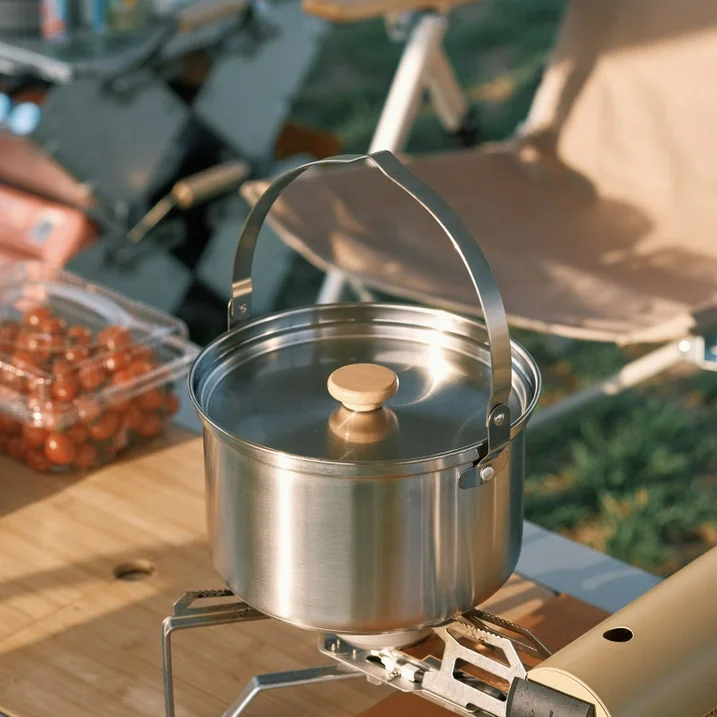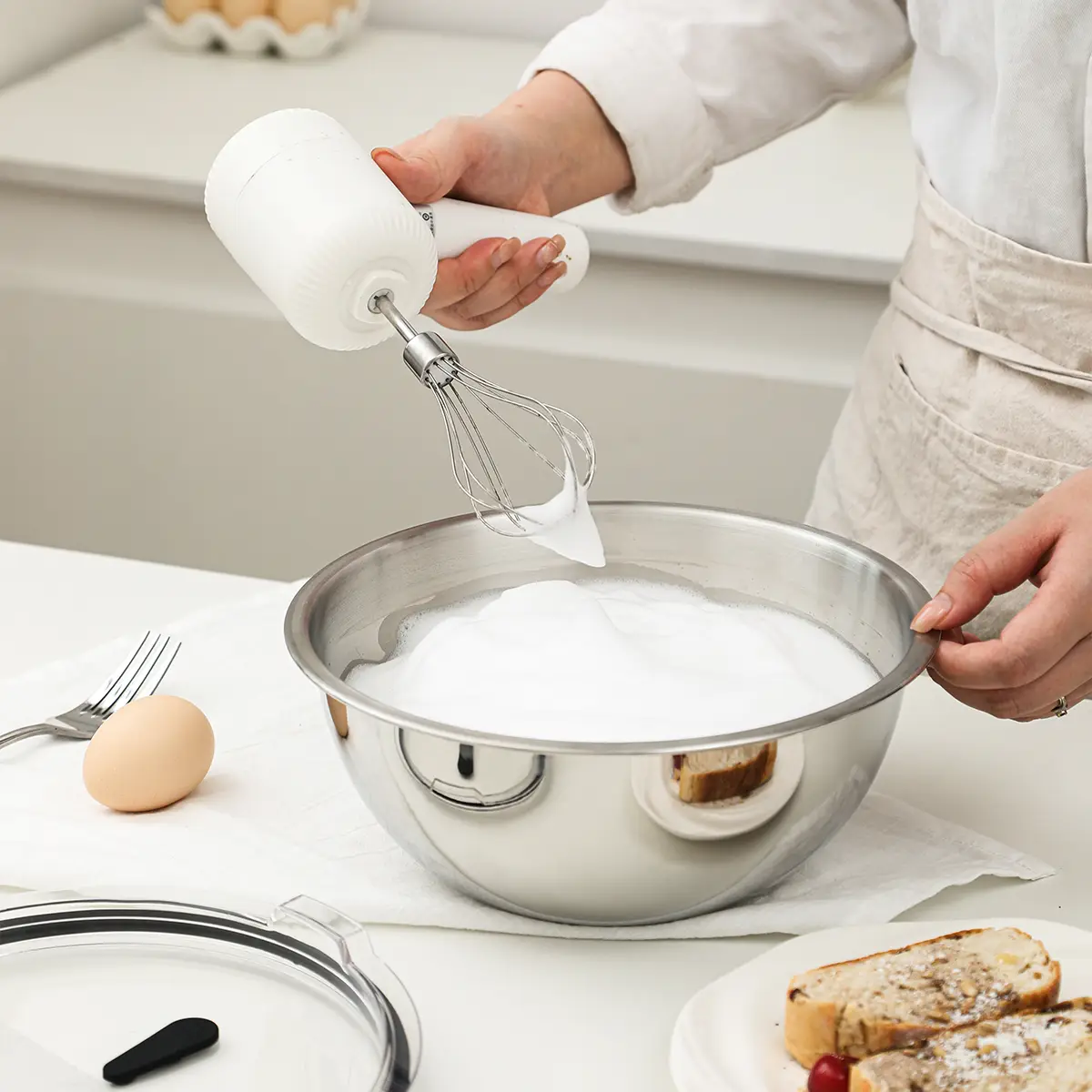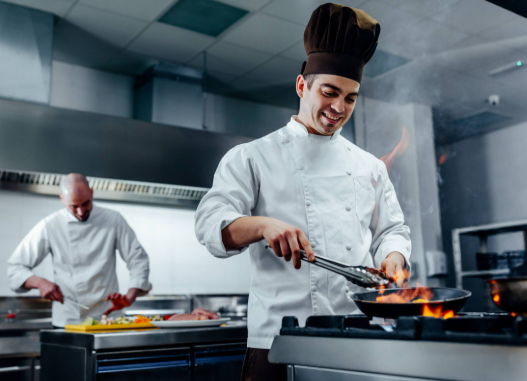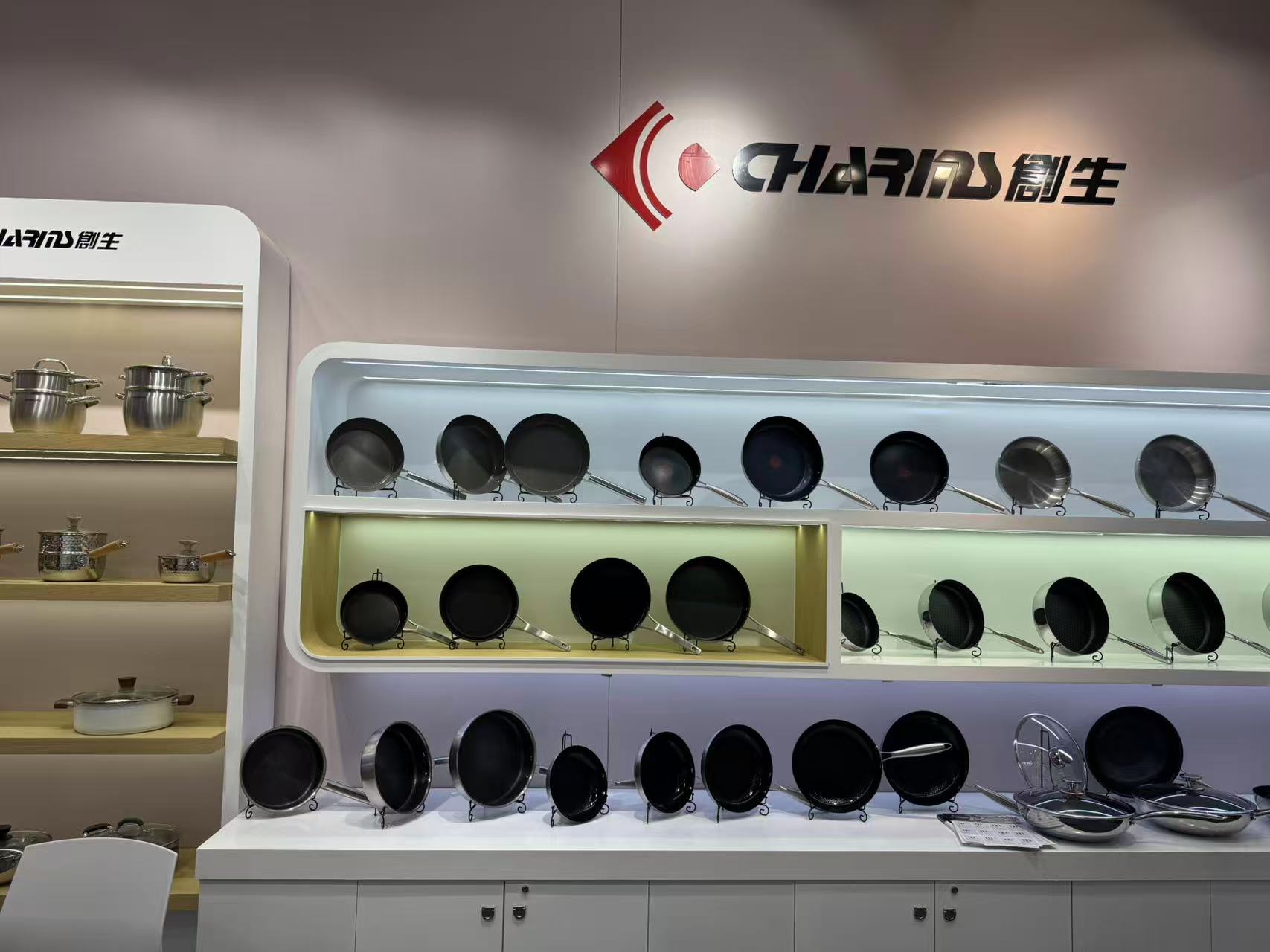Did you know? Cookware plays an important role in the safety and quality of food preparation. When we talk about non-stick pans, frying pans, and modern kitchen surfaces, two things often come to mind: PTFE and PFAS. For decades, they have been at the center of technological innovation and health debates. As more and more people want to know whether these materials are safe, whether they will affect our food, and what substitutes are available.
In this article, based on our professional knowledge and years of industry experience, I will conduct an in-depth exploration of these issues.
1. What is PTFE, and why is it commonly used in non-stick cookware?
Polytetrafluoroethylene, or PTFE, is a synthetic polymer widely used as a non-stick coating in cookware. Its structure is highly stable, which allows food to release easily and cleaning to be more efficient.
In cookware manufacturing, PTFE is valued for its resistance to heat, chemical corrosion, and wear. These qualities translate into pans that require less oil, reduce food sticking, and provide durability when maintained correctly. This explains why PTFE remains a leading choice in modern non-stick technology.
2. What is PFAS, and how is it related to PTFE?
PFAS refers to per- and polyfluoroalkyl substances.PTFE is classified as a member of the PFAS family. However, not all PFAS behave the same way.
Many PFAS compounds are under scrutiny due to their persistence in the environment. They are slow to degrade and are therefore often described as “forever chemicals.” While PTFE used in cookware is stable and inert under normal cooking conditions, other PFAS have been associated with environmental and health concerns. Understanding this distinction is critical when evaluating cookware safety.
3. Does PTFE in cookware break down at high temperatures?
PTFE is safe at regular cooking temperatures but can degrade at extreme heat. Decomposition may begin when cookware exceeds approximately 260°C (500°F). Under such conditions, PTFE can release fumes.
In everyday cooking, such as frying, boiling, or baking, cookware rarely reaches these temperatures. Issues typically occur only when an empty pan is left unattended on high heat. Proper usage—such as avoiding overheating and replacing damaged pans—prevents potential risks.
4.Why are PFAS called “forever chemicals,” and can they enter the diet?
PFAS are described as “forever chemicals” because they resist breakdown in nature. Once released, they can persist for decades, accumulating in soil, water, and even in living organisms.
In the context of cookware, PTFE-coated surfaces do not release measurable PFAS into food when used appropriately. Concerns about PFAS in diets are more often linked to industrial discharges, contaminated water, and environmental exposure rather than non-stick cookware.
5.Do cookware products with PTFE or PFAS coatings pose health risks?
Regulatory agencies, including the U.S. Food and Drug Administration (FDA) and the European Food Safety Authority (EFSA), consider PTFE-coated cookware safe when used as intended. Modern non-stick cookware no longer relies on harmful compounds such as PFOA, which were phased out years ago due to health risks.
The main concern for users is improper handling, such as exposing pans to extreme heat or continuing to cook with coatings that are visibly damaged. Choosing cookware produced under strict quality systems greatly reduces potential hazards.
6.Are there safer alternatives to cookware with PTFE and PFAS?
Alternatives exist, but each has limitations:
-
Ceramic coatings: Free from PFAS, initially highly non-stick but may wear down more quickly.
-
Stainless steel: Durable and safe, but food can stick without proper techniques or oil.
-
Cast iron: Naturally non-stick when seasoned, excellent heat retention, but requires maintenance and is heavier to handle.
Each option involves trade-offs between durability, convenience, and safety. PTFE continues to be popular because it delivers consistent cooking performance when used responsibly.
5. How should cookware with PTFE and PFAS be evaluated?
When evaluating cookware, several factors ensure safe and practical choices:
-
Certifications: Compliance with FDA, EU, or ISO safety standards.
-
Brand reputation: Transparency in production methods and safety practices.
-
Usage habits: Avoid overheating, use appropriate utensils, and replace worn cookware.
-
Alternative options: Consider ceramic, stainless steel, or cast iron for different cooking needs.
Cookware safety is determined not only by material but also by responsible manufacturing and correct usage.
7.Conclusion
PTFE and PFAS often generate debate, but their risks vary significantly. PTFE itself is stable under standard cooking conditions and safe when used properly. Broader PFAS concerns largely relate to industrial practices and environmental exposure, not cookware performance.
By selecting cookware from reliable manufacturers, verifying safety certifications, and applying proper handling techniques, households and businesses can reduce risks and ensure long-term safety in kitchens.
Charms provides a proven example of this standard. It has a 40,000-square-meter modern factory, over 300 automated production lines, and an annual output of 10,000 tons.
That’s all for today’s sharing. If you are looking for cookware, please contact our team. We offer the most competitive prices because we are the factory source!








